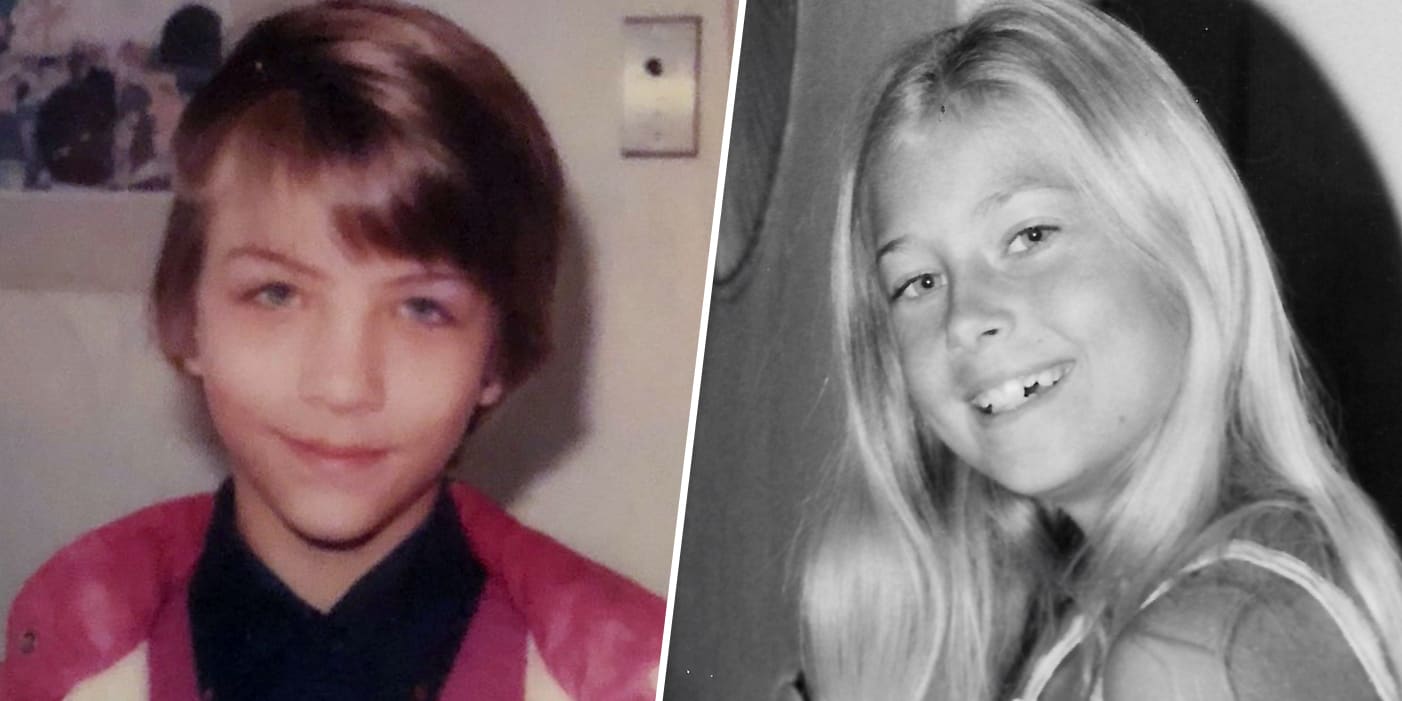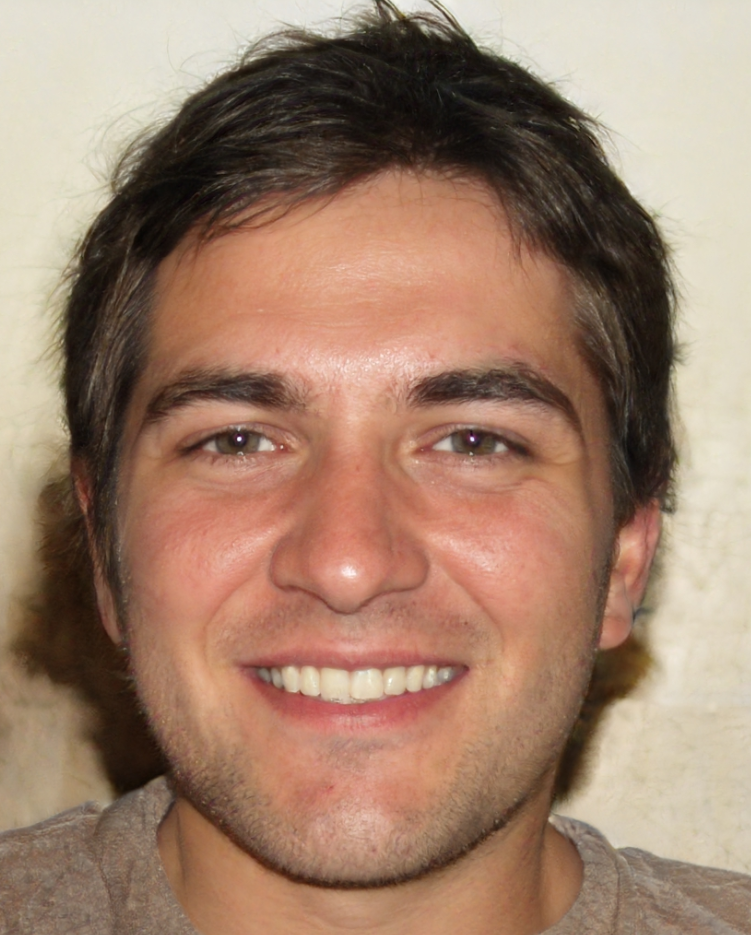
Jennifer Bastian vanished from sight on August 4, 1986, while riding a bicycle in Tacoma, Washington's Point Defiance Park. An early search failed to discover any evidence of the 13-year-old girl. Following a 911 call from a jogger who had noticed a bad smell emanating from a heavily wooded portion of the park, authorities discovered Bastian's body almost three weeks later.
Bastian had been killed by strangulation during a sexual assault. Investigators looking into homicide cases thought she was murdered by the same individual who had slain a teenage girl several months prior. Michella Welch vanished on March 26, 1986, and her body was found in Puget Park in Tacoma. The 12-year-old suffered physical and sexual abuse. A cut on her neck claimed her life.
Lindsey Wade, who has worked for the Tacoma Police Department for 21 years, spent nine of those years looking into cold cases. Washburn voluntarily gave authorities a sample of his DNA a year prior, and that sample matched the one discovered on Bastian's swimsuit.
In 2019, he entered a guilty plea to first-degree murder, and he received a 27-year jail sentence. Welch's killer, Gary Hartman, admitted to raping and killing the 12-year-old and was given a sentence of more than 26 years in jail in March 2022. Police were also assisted in solving Welch's cold case by genealogy and DNA evidence.
Detective Lindsey Wade of the Tacoma Police Department eventually reduced the number of potential suspects in Bastian's case with the aid of the FBI and a genealogist. A month after Wade's retirement, in May 2018, authorities detained and accused Robert Dwane Washburn of killing Bastian. Washburn, an Illinois resident from Eureka who was living in Tacoma at the time of the two deaths, was one of Wade's suspects since he had given a tip in the Welch case not long after she vanished.
When authorities reexamined the bikini Bastian was wearing the day she vanished, they abandoned their initial theory that the two killings may have been committed by the same culprit. Traces of male DNA were discovered in the crime lab that did not match the male DNA discovered at the Welch crime scene. After that, both lawsuits were abandoned for almost forty years.
Why did you find the Jennifer Bastian case so compelling?
I had recollections of the case from my childhood. It was an unsolved case that tormented the whole neighborhood. Given that she was a few years my senior, it was something I always recalled. That was hanging out there was kind of a mystery. So when I went into detective work, I was quite intrigued.
When you were younger and learned about Jennifer's kidnapping and subsequent murder, do you recall what was going through your mind?
It was the first time that I and many of my friends understood there were truly evil people in the world. If I were alone and walking to school, that's definitely what would be on my mind. There was a woody section on one specific route to my school. I used to think that a guy may jump out of the bushes and grab me, so I would cross the street.
In 1987, the case is abandoned. When you worked as a homicide detective, what gave it new life?
Until our department eventually established a cold case team in 2009, the police truly lacked the capacity to focus on cold cases. At that point, we had over 200 unsolved murder cases and ongoing cases involving missing persons. We had a ton of information about Jennifer's case, but nothing that led us in the correct way. There were hundreds of tips and a lot of folks to check into.
You received a male DNA hit on Jennifer's swimsuit in 2012, but the authorities didn't make the new information public until 2016. Could you elaborate on why?
At first, the fact that we now obtained DNA was wonderful news. Nevertheless, no one in the national DNA database was matched by the DNA. Sort of like another dead end. Prior to [genetic] genealogy, this occurred. We provided this updated material to the media in 2016, coinciding with the 30-year anniversary of the deaths of Michella and Jennifer.
Based on the DNA found on Jennifer's swimsuit, she was able to give me a list of possible suspects' last names, which included Washburn. In the case file, I located one person with the last name Washburn. Before Jennifer was even killed, he had called in a tip regarding Michella Welch's case.
However, he had no prior criminal past. For the sole reason that he shared that last name, I included him on my list of suspects from whom I intended to obtain DNA. In 2015, I assume the role of lead cold case investigator. Making contact with forensic genealogist Dr. Colleen Fitzpatrickwas one of the first things I did.
When you learned that the two teenagers weren't slain by the same individual, how did it make you feel?
Having two crimes that were so similar, with identical victims and settings, within four and a half months of each other and within a mile and a half of each other, was startling and unbelievable. We reasoned that it must be the same individual.
There were certain disappointments, such as learning that you were pursuing two distinct murderers. Could you explain how you are thinking about handling these setbacks?
Many days it just seemed hopeless. Batches of DNA samples from people whose consent we had obtained would be sent in. One by one, they would be eliminated even if they were solid suspects.
You received the call regarding the Washburn DNA match in 2018, roughly one month after you left the Tacoma Police Department. What was your immediate response?
The detective who took over for me in the cold case section called while I was seated at my kitchen table. It took me a few moments to gather my thoughts and manage to stutter, "Who is it?" What's the name?
There were eighteen unprocessed samples at the crime lab when I departed. I turned these in back in January of 2018. April was my retirement month. There was absolutely no chance in hell that any of those eighteen samples would match. That last group included [Washburn]. [Editor's note: Washburn, who was then residing in Eureka, Illinois, had been located by investigators. When the FBI got to him, they requested a DNA sample, which Washburn readily gave.]
It was Robert Washburn, he told me. I was second-guessing my decision to retire at that same moment, thinking that I ought to have persisted a little bit longer.
How did you break the news to Jennifer's mother and sister that you had found the man who had killed her?
I had never had a better day at work. I drove to the home of Jennifer's mother, Pattie Bastian, as soon as we received word that he was being held. When she noticed me waiting outside her door, she understood why I was there. It was very touching. After giving each other a hug, she contacted Theresa, the sister of Jennifer, her daughter. That was quite the busy day.
How does it feel to know that Michella Welch and Jennifer Bastian's cases have been resolved?
I believe Tacoma's dark cloud has parted. The treatment of the females was so horrifying that the murders turned into urban legends. Both of those incidents, in my opinion, touched a lot of people.
See Also:
